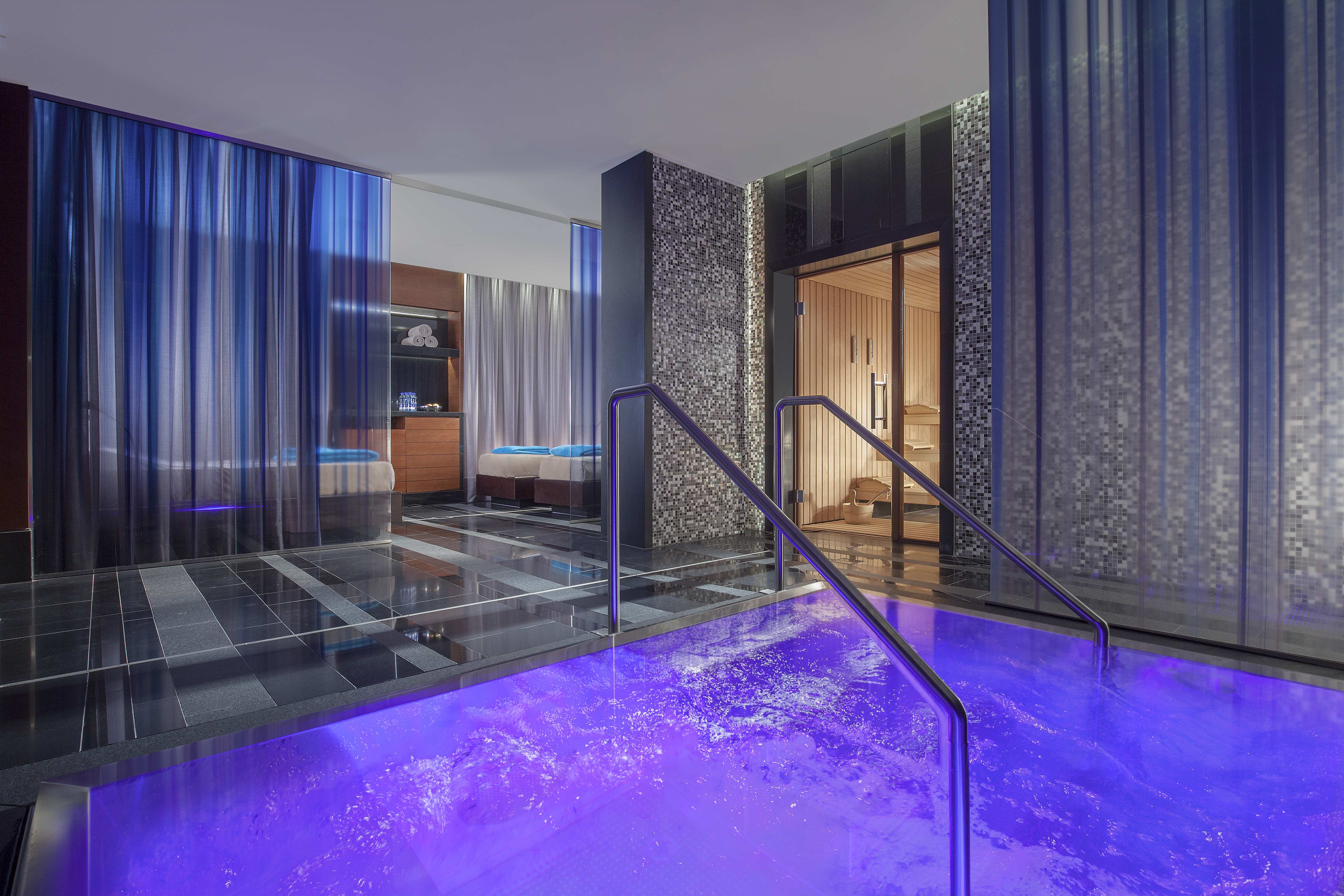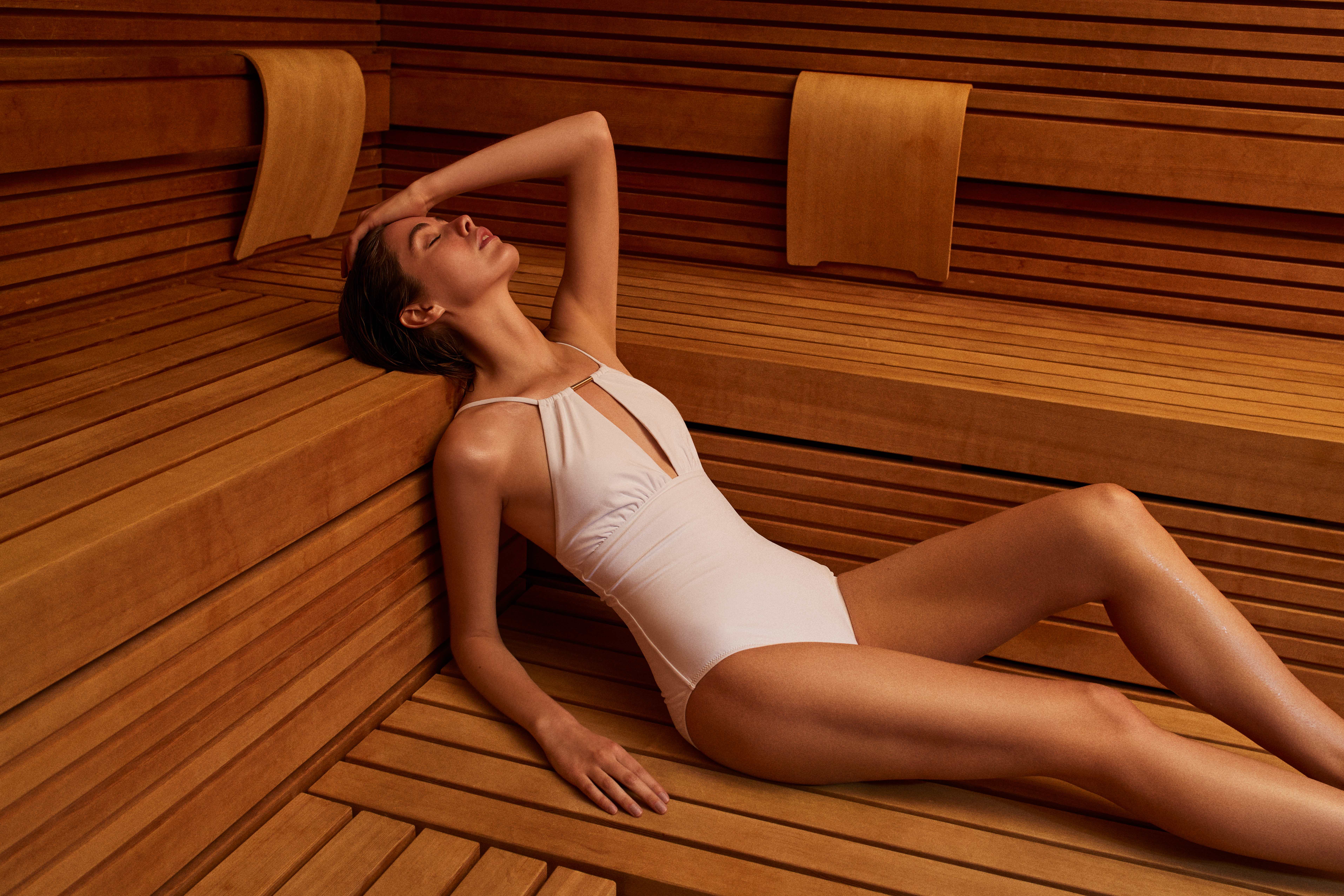Why gendered spaces are becoming the norm in spas worldwide

Georgia Seago investigates the increase in spas providing gendered spaces and whether the industry has a part to play in gender politics
Discussions around gender and sexuality are at the forefront of social consciousness the world over, from expanding our understanding of gender fluidity to movements that seek to expose sexual harassment and abuses of power in Hollywood. Meanwhile, a spate of big-name spas have opened with facilities that allow women and men to have their experiences separately, sometimes without ever having to meet. In a time when equality, inclusiveness and togetherness are the ultimate goals, is spa moving in the opposite direction?
“We decided to include a ladies-only thermal area to be able to provide an experience for those female clients that prefer and are more comfortable in a female-only environment,” says Alex James, spa director at the newest Luxury Collection Hotel The Langley, set to open in Buckinghamshire, England, in late 2018. The expansive spa will feature a women’s thermal area with dip pool, juniper sauna, amethyst steam room, experience showers and dedicated relaxation room, mimicking the mixed-gender facilities almost exactly but separated from them by cleverly designed corridors and sectioned-off spaces for maximum privacy, if female guests feel more comfortable using the spa in this way.
James says the spa has “created a journey that will cater to guests’ individual preferences and requirements”, and while it’s as yet impossible to say how many of its female guests will choose to use the women’s-only area exclusively, including it was integral to “ensure an exclusive and luxurious experience, something that is very important to the concept of the spa.” She adds that the space has been designed to be totally inclusive and provide guests with the opportunity to have whatever experience they choose – private or social – regardless of gender.
Men are from Mars
There are other new spas for which gender played a more specific role in informing how the space was designed, with cultural and historical contexts taken into consideration. “Across cultures and times, women are given space as a form of gratitude and recognition. This history is also lived by the modern woman today in creating a space for herself,” says Irena Staudenmaier, spa manager at the Bürgenstock Resort’s Alpine Spa on Lake Lucerne in Switzerland. “Women maintain their identity as separate from men and so it is important to acknowledge a woman’s space.” The spa has two different saunas, a herbal steam bath, cold water pool, Jacuzzi and relaxation area solely for women, plus numerous unisex experiences and wet areas.
But why are women catered for away from the unisex areas and not men? Staudenmaier believes there simply isn’t the same need for men to carve out their own spaces: “Men have always had their own spaces, whether these were bathhouses, barbers or cigar lounges. Men do need a sense of personal space within a spa, however I am convinced that male-only spas do not work,” she says. This could be because spas as we know them today still have strong connotations of being “feminine” places for beautifying and self-care, and perhaps simply wouldn’t see enough demand from men alone to survive.
Cyrille Paugam, spa director of Spa du Royal at The Royal Savoy Hotel & Spa in Lausanne, Switzerland, says he has only twice experienced a request for dedicated men’s spa spaces in over 10 years in the industry. “There isn’t really any demand for male-only spaces in the spa and it is extremely rare to have a request. There does not seem to be any clear answer as to why this is the case,” he says. Many spas that traditionally positioned themselves as female-centric spaces have been attempting to figure out how to make a men’s offering work, striving to strike a balance between being inclusive and offering something distinctly “non-feminine”, all while trying to carefully navigate gender stereotypes.
“A while ago the features of masculinity were easily identified: the man was defined by his strength, toughness and assertiveness; showing emotions was a sign of weakness and a disaster to male dominance,” says Staudenmaier. “Although the male role is changing and the gap between men and women is diminishing, it still exists and plays a major role in gender distribution.” If the desire to feel nurtured by surroundings is an innately female emotional need, then it’s far easier to create a space for women than men, who apparently rarely express these requirements.

The luxury of choice
At the Spa du Royal, the women’s-only spa is situated within the female changing rooms and includes a mosaic-tiled Hamman, sauna, Jacuzzi and relaxation water beds. Paugam thinks the spa’s female guests choose to use it “perhaps because of the intimacy that the space provides; it is on a smaller scale and has a cocooning feel,” adding that the proximity to the changing area “offers women the discretion of choice.” He says it’s impossible to calculate how many female guests choose to use the women’s-only spa compared the mixed facilities as “the spa is designed in a way to respect the intimacy of each guest regardless of gender, so we cannot actually see which different spaces they choose to use.”
The Alpine Spa at the Bürgenstock Resort, however, reports that approximately one third of its female guests choose to stick to the women’s-only area exclusively, and Staudenmaier sees their decision in a cultural context in terms of what looking after the body means. Commenting on whether she thinks some women find the spa experience more enjoyable or relaxing when away from men, she says, “In many cultures the body is very spiritual in contemplation. An important aspect of this is the relation to and with one’s body. No matter what culture, we give women the opportunity to decide for themselves.”
Of course, in some parts of the world, gendered thermal facilities have traditionally been common practice, like in Germany, for example, where it’s often the norm for guests to go swimwear-free in saunas. “One reason the demand for male- only saunas here is not as big is because we allow guests to wear swimwear as long as hygienic aspects are respected,” says Fabian Nusser, general manager of Villa Stéphanie, part of Brenners-Park Hotel & Spa in Baden-Baden, Germany.
Nusser adds that when designing Villa Stéphanie it was this thinking around nudity and spa etiquette that inspired the female-only thermal area, comprising a Finnish sauna, 60°C bio sauna, steam bath and separate relaxation area. In his opinion, “Female guests appreciate having the option to enter an area where they do not have to worry about their appearance. It helps them to feel at ease, especially for those who are not body confident,” he says.

Changing spaces
Roughly 40% of the spa’s female guests visit because there is the option of a female area, says Nusser, while “the rest are indifferent. However, most use the female sauna more often than the mixed area.”
For people visiting spas in countries with similar traditions to Germany, the main reason for choosing to use gendered facilities could be more to do with self-consciousness than gender identity: “Going to the sauna is probably more related to the personal feeling of being naked in ‘public’ than what gender you have,” says Nusser. So, in order for spas to compete, it becomes about giving guests as many options as possible to make them feel comfortable – “having the choice is key for luxury hospitality,” adds Nusser.
It’s for this reason that The Langley Spa will have a VIP suite, “providing an opportunity for a male-only experience should a male guest request this,” says Alex James. “The Langley Spa is all about luxury, privacy and meeting the needs and requirements of all our guests.”
However, there could be another reason why some women feel more comfortable in a spa environment with no men around. A survey conducted ahead of the World Spa & Wellness Asia event in May asked therapists and wellness practitioners about their experiences of sexual harassment in the spa industry. Of approximately 300 female spa professionals in the Asia and Australasia region who responded, 70% said they had experienced some form of sexual harassment in the workplace, compared with the general populace average in the area of 20%.
While this survey looked at spa professionals and not clientele, 96% of the harassment was found to be from male customers, with “exposure of private parts” the most common type of harassment experienced by the respondents at 71%. This was followed by “verbal sexual remarks” at 69%. This snapshot of women’s negative experiences in a spa setting could explain why some properties decide to give female guests the option to separate themselves when spending time – often alone – in an intimate environment.
“In many ways a spa is a micro-society and we strive to answer the needs of its members as easily and seamlessly as possible,” says Paugam. The Spa du Royal has tried to create a space where people with different needs can all co-exist harmoniously. We also try to respond to the needs of society as it is today. Of course, in the future society will evolve and with that, what spas have to offer. Nothing is set in stone.”
Images from top to bottom: the infinity edge pool at The Alpine Spa at Bürgenstock Resort, the ladies wet area at Spa du Royal; Villa Stéphanie's ladies sauna


